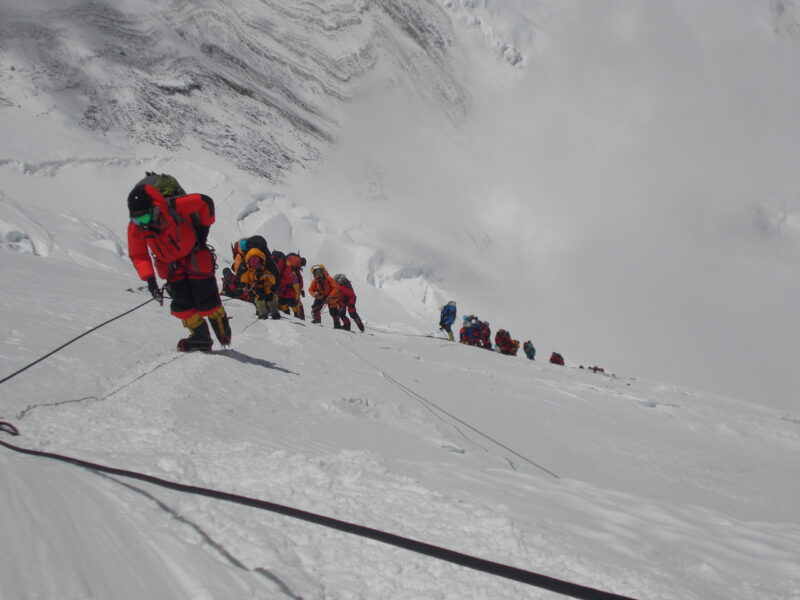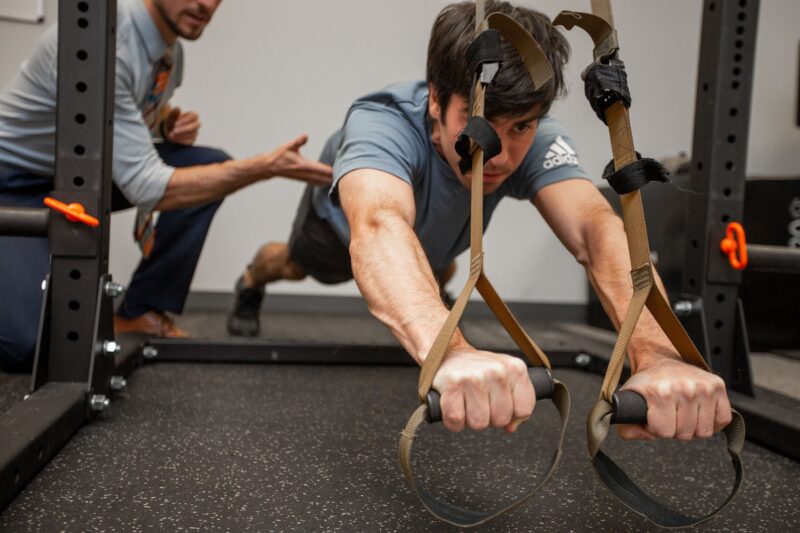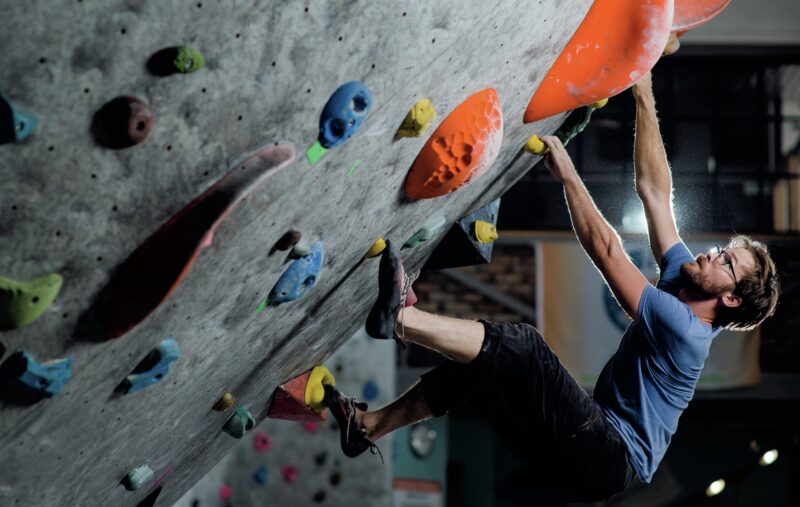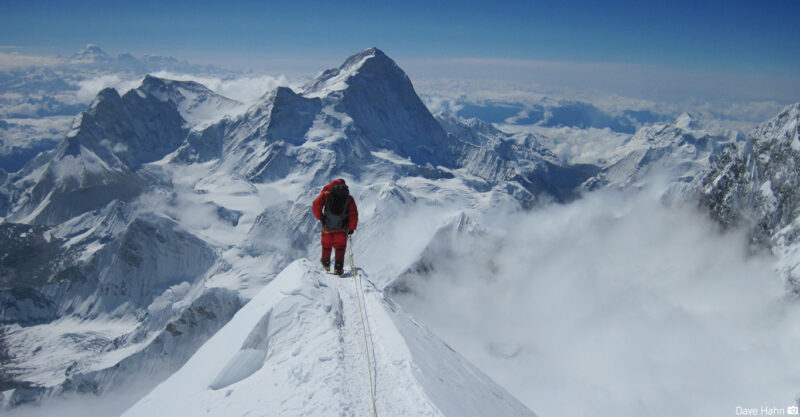Taking on Everest is a serious, life-changing adventure that calls for dedication, a lot of planning, and careful preparation.
Every year, climbers from all over the world head to the Himalayas, dreaming of standing on top of the world.
If you’re reading this, maybe you’re one of them—or at least toying with the idea. I’ve gathered a few practical tips to help you understand the ideal time to climb and what you need to do to prepare yourself for such a grand challenge.
When to Go

Everest Expedition season is short, intense, and heavily influenced by weather. Missing the right window can mean either being held back by harsh conditions or standing in crowded lines on the mountain. So, choosing the right time is key.
Best Seasons for Climbing Everest
- Spring (April to May): The most popular time for Everest expeditions, spring offers generally stable weather, clearer skies, and temperatures that—while still freezing—aren’t as harsh as winter. Plus, the routes are more established by this time.
- Fall (Late September to October): Fewer climbers attempt Everest in the fall, but it’s still a viable option. While colder and a bit riskier, the fall season tends to have less congestion, offering a more solitary experience. Just be prepared for unpredictable conditions.
What About the Monsoon Season?
Avoid the monsoon season (June to August). Heavy rains, cloud cover, and avalanches make climbing dangerous, and there’s a reason few people attempt it during this period.
Building Your Fitness and Stamina

Getting in top physical condition for Everest isn’t a two-month or even a six-month project. Most climbers dedicate a couple of years to serious training. Here’s what you’ll need:
- Cardiovascular Endurance: Cardio helps your body handle the low oxygen levels at high altitudes. Think long hikes, running, and swimming.
- Strength Training: You’ll be carrying a heavy pack and wearing gear, so focus on leg strength and core stability. Weighted squats, lunges, and planks are excellent.
- High-Altitude Training: If you have access to high-altitude locations, spend as much time as possible training there. For many climbers, trips to peaks like Kilimanjaro or Denali serve as helpful warm-ups.
Pack Wisely but Prepare for Extremes
Everest requires very specific gear, and every item must be chosen carefully. You’ll need to balance the desire to travel light with the absolute need for safety and warmth. Here are a few essentials:
- Clothing Layers: You’ll need a layering system to adapt to wildly changing conditions. Start with moisture-wicking base layers, followed by insulated mid-layers, and windproof outer layers.
- Footwear: Insulated boots made for high-altitude climbing are a must. Your feet need to be kept warm and protected from the elements.
- Technical Equipment: Crampons, ice axes, and an avalanche beacon are all standard. Don’t forget a headlamp and spare batteries for those early morning (or nighttime) summit attempts.
- Oxygen Systems: Above 26,000 feet (in the Death Zone), supplemental oxygen becomes essential. While not every climber uses it, it’s a lifesaver—quite literally—for most. Test your mask and system before you go.
Preparing for the Psychological Challenge

The mental demands of Everest are real, and there’s no way to train for them in a gym. Summit day often starts around midnight and can take 10-12 grueling hours, pushing climbers to their limits. You’ll be physically exhausted and facing extreme temperatures and high winds.
Tips to Boost Mental Stamina
- Visualization: Spend time visualizing every stage of the climb, from base camp to the summit. This can help reduce surprises and increase your sense of preparedness.
- Meditation and Breath Control: Many climbers swear by breathing exercises and meditation to help them stay focused and calm under pressure. Simple mindfulness techniques can do wonders when facing extreme stress.
- Set Small Goals: On summit day, breaking down the journey into smaller goals, like reaching the next landmark or checkpoint, can make the long day seem more manageable.
Wrapping Up
Preparing for Everest isn’t about getting to the top as quickly as possible. It’s about respecting the mountain, understanding the risks, and knowing your own limits. Each step—from choosing the best time to go, to gearing up and training both physically and mentally—takes you closer to making the most out of this adventure. Whether or not you reach the summit, the journey itself will change you.
So, if Everest calls you, go prepared, go aware, and remember: the mountain will always be there. Climb safe, and enjoy every moment of the experience.

